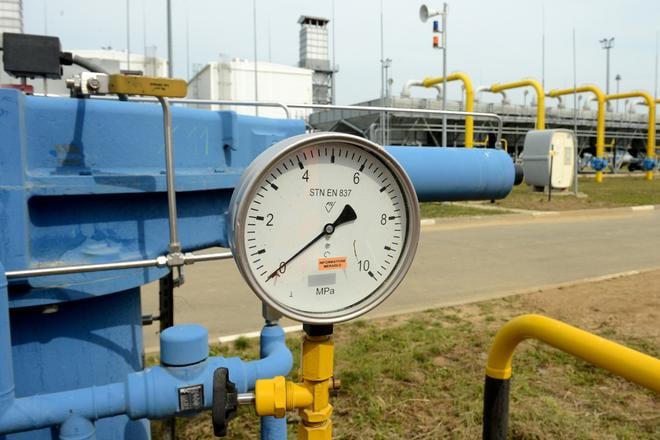When Russian gas stopped flowing through Ukraine earlier this year, Slovakia scrambled for alternatives. Prime Minister Robert Fico’s government turned to the “southern route” – a supply chain relying on Russian gas shipped via the TurkStream pipeline through Turkey and Hungary.
But that fallback is now looking increasingly fragile. As reported by the news site Index, a joint project between Ankara and Moscow to expand TurkStream’s capacity into Europe has quietly collapsed. Energy experts say Turkey has little appetite to push more Russian gas westward, citing limited infrastructure, investment shortfalls and waning demand across the European Union.
“Gazprom is running out of cash, and Turkey doesn’t seem willing to take the risk,” said analyst Radovan Potočár. Former Slovak economy minister Karel Hirman added that the failure of the Turkish hub effectively ends Fico’s ambitions of restoring major gas imports from Russia.
Slovakia’s state gas company, SPP, insists that current supplies via TurkStream are sufficient. Since April, it has secured additional capacity through Hungary. But gas storage levels in Slovakia remain below EU benchmarks – just 41 percent full compared to Austria’s 57 percent – and experts warn that the southern route cannot meet full-year demand due to pipeline bottlenecks.
Despite these concerns, SPP has not ruled out a return to deliveries via Ukraine. It recently established a subsidiary aimed at managing future Russian gas transit through Ukrainian territory, though such a scenario appears politically and logistically remote.
“Ukraine is still under Russian attack and has no reason to support Gazprom’s business,” said Potočár.
The European Union aims to end all Russian gas imports by 2027 – a policy Fico and his Hungarian counterpart, Viktor Orbán, oppose. But for now, Slovakia’s energy strategy appears wedged between geopolitical realities and limited alternatives.


 Gas pipeline at Veľké Kapušany, eastern Slovakia (source: TASR - František Iván)
Gas pipeline at Veľké Kapušany, eastern Slovakia (source: TASR - František Iván)